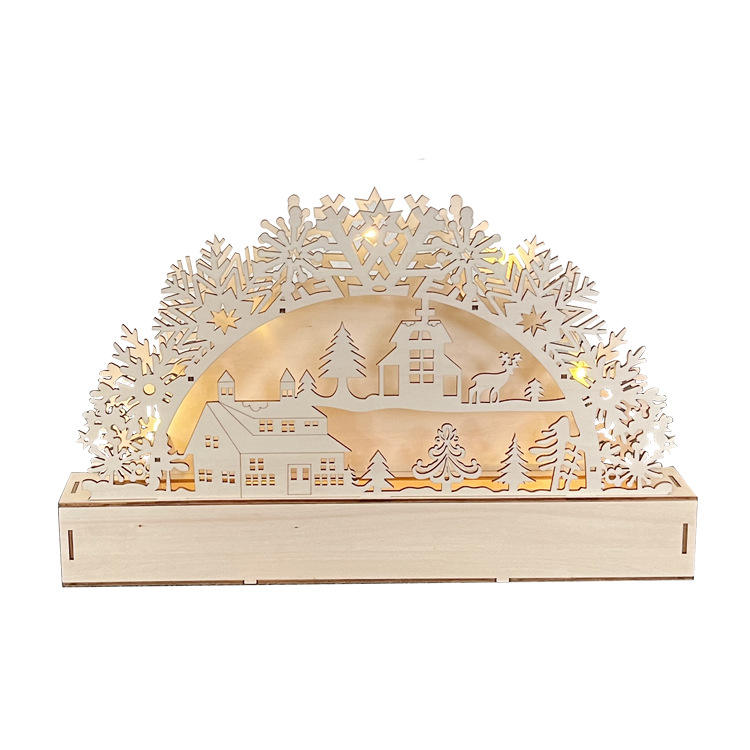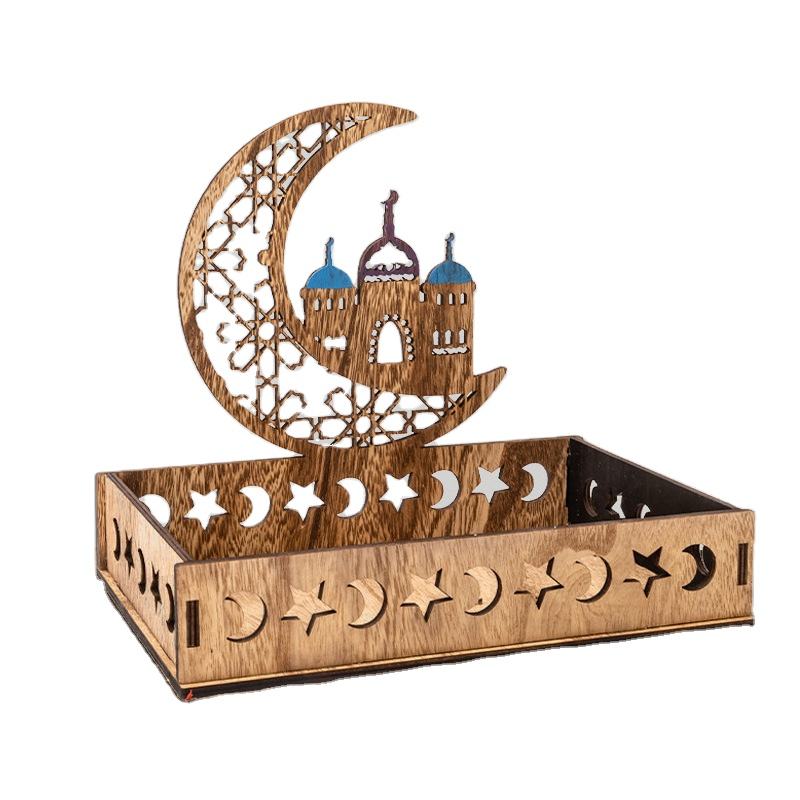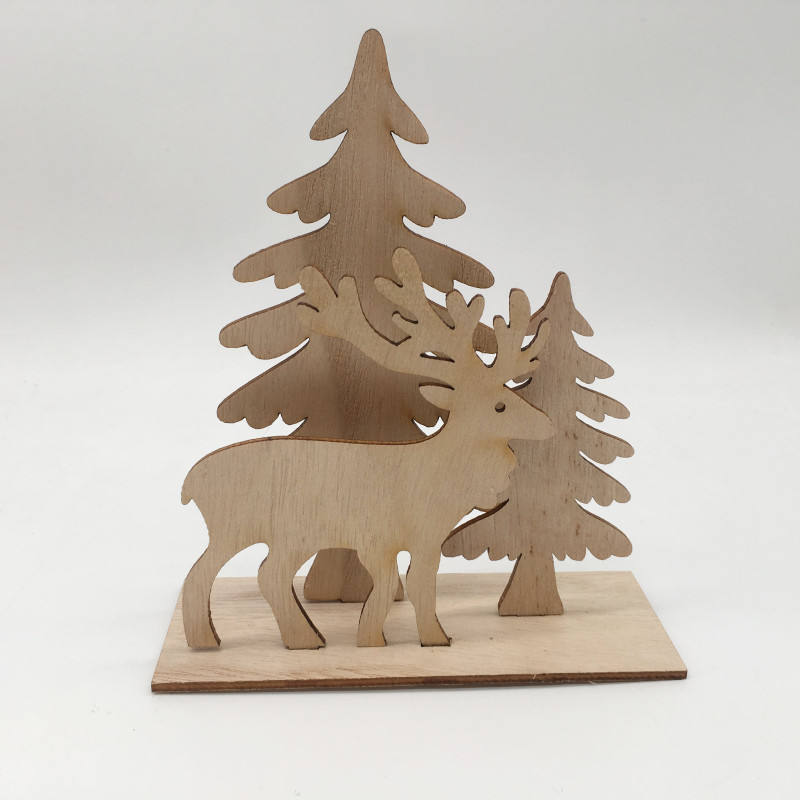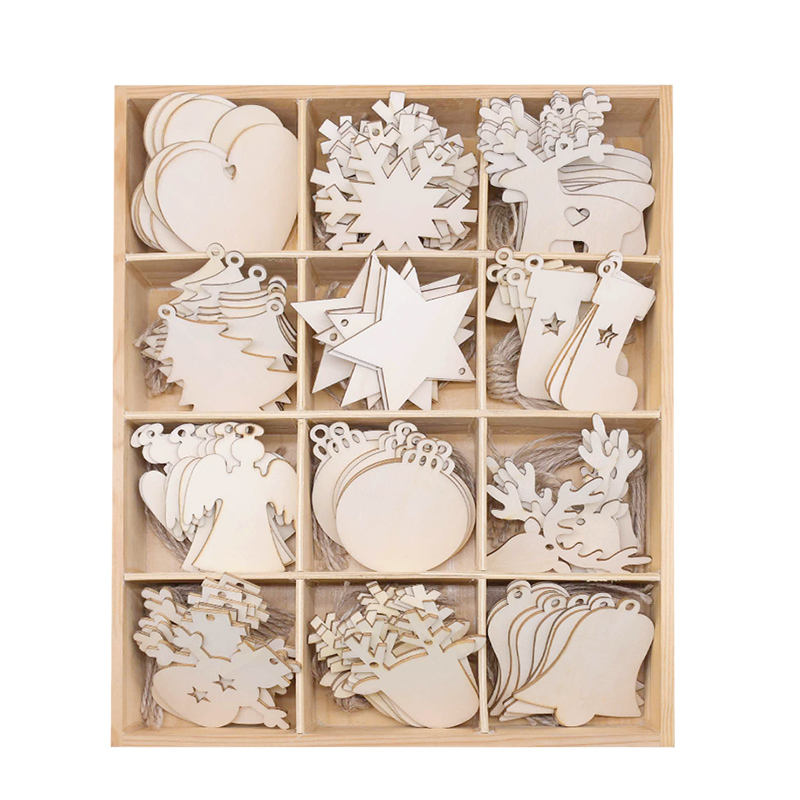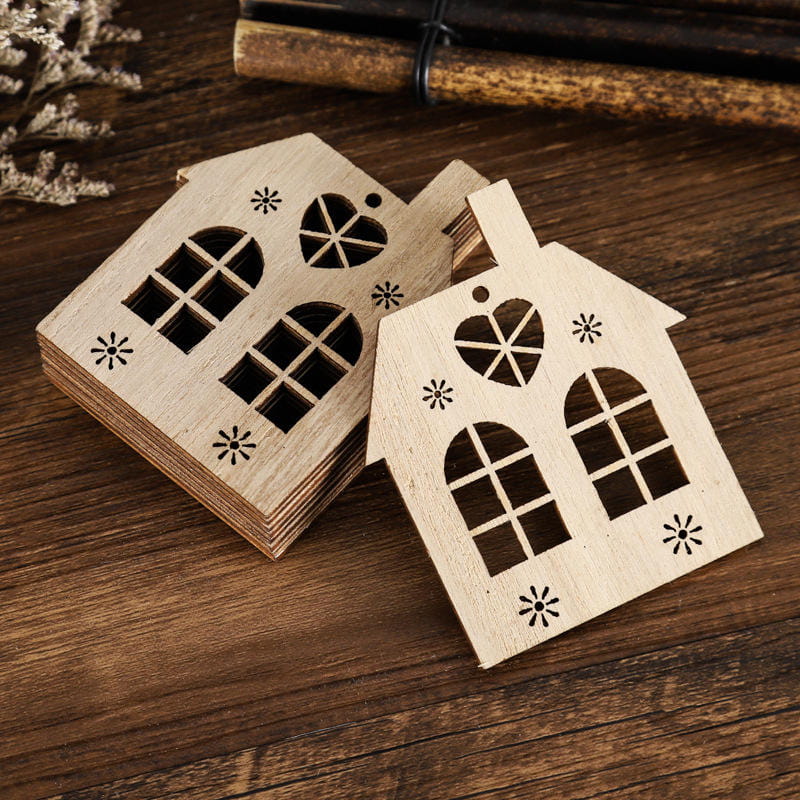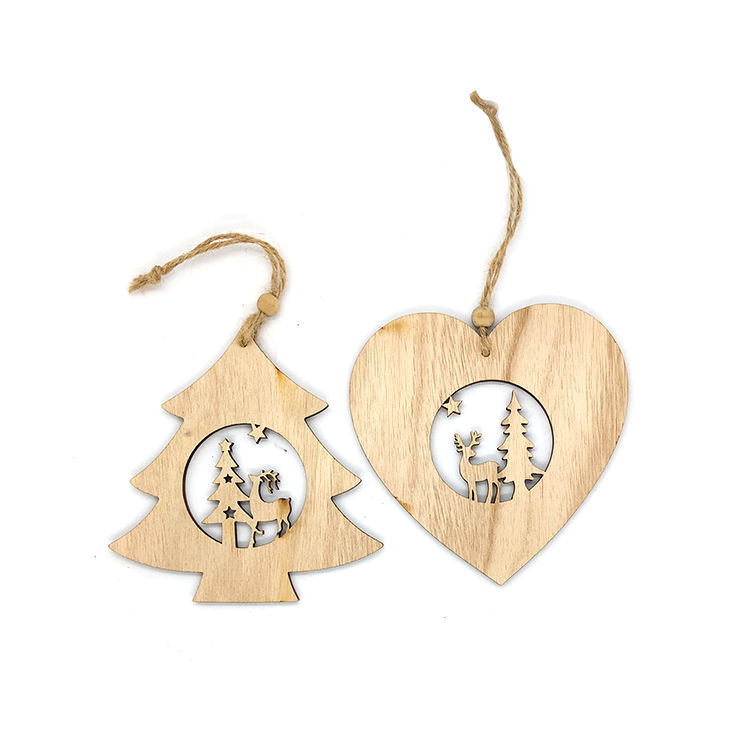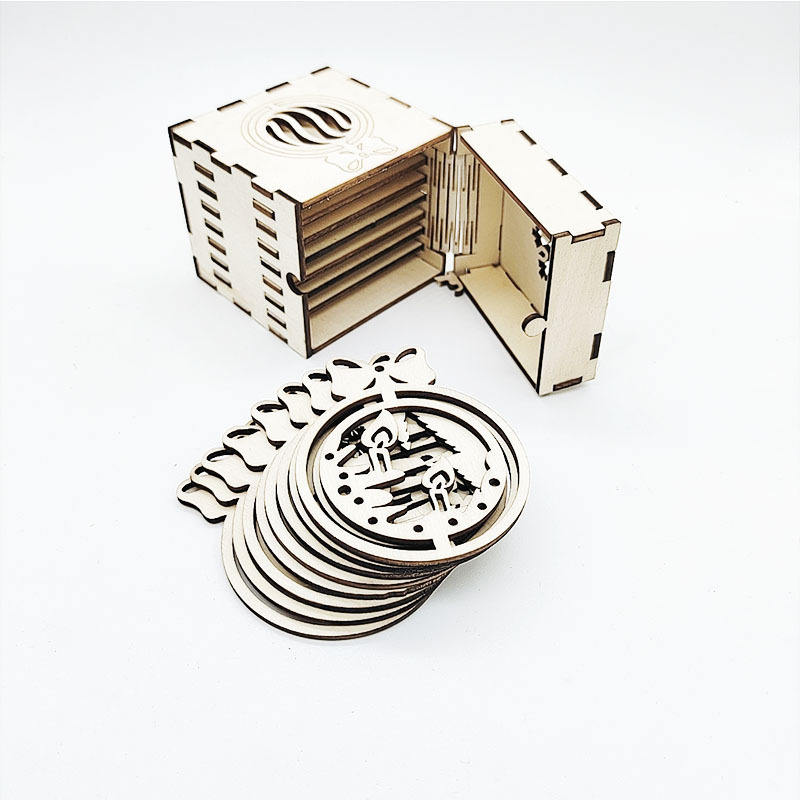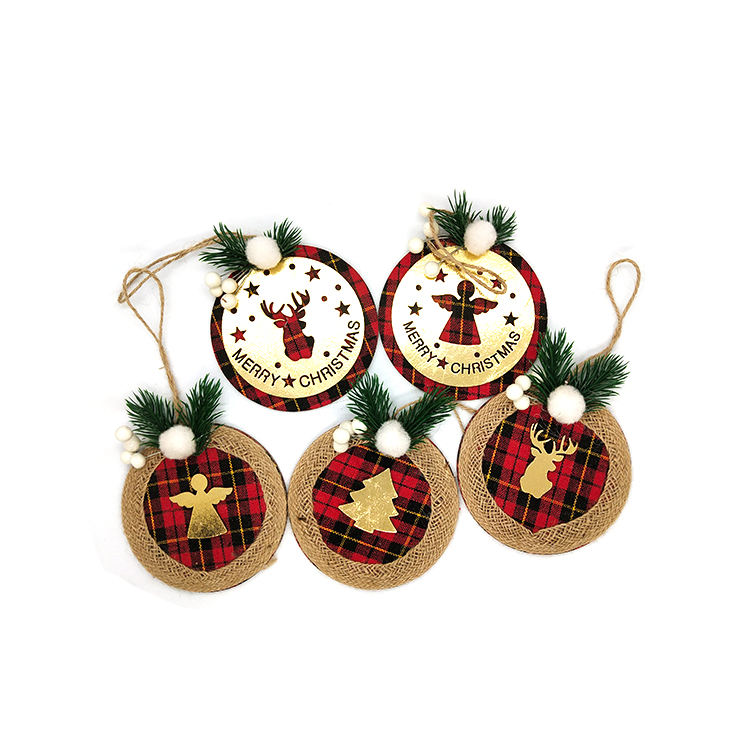Wood ornaments and Ramadan ornaments are cherished elements in the realm of decorative art, reflecting cultural richness, craftsmanship, and religious significance. This article delves into the world of these ornamental treasures, exploring their historical roots, craftsmanship techniques, and contemporary relevance.
Wood Ornaments: Craftsmanship and Heritage
Historical Significance: Wood ornaments have a profound historical legacy that dates back centuries. Crafted by skilled artisans, these ornaments have adorned homes, places of worship, and furniture. Each piece narrates a story of tradition and craftsmanship, often reflecting regional motifs and artistic styles.
Craftsmanship Techniques: The creation of wood ornaments involves meticulous techniques. Artisans carve, engrave, and sculpt wood, transforming it into intricate patterns, reliefs, and figurines. Common woods used include oak, walnut, and teak, chosen for their durability and rich grains.
Ornamental Diversity: Wood ornaments span an array of forms, from intricately carved wall panels and door frames to ornate furniture inlays. These pieces are celebrated for their artistic diversity and can be found across cultures, from European Renaissance woodwork to Asian lacquerware.
Contemporary Relevance: In the modern era, wood ornaments continue to captivate enthusiasts and interior designers. They seamlessly blend with various design styles, adding warmth and character to spaces. Wood ornaments are often used to accentuate both traditional and contemporary interiors.
Ramadan Ornaments: Symbolism and Tradition
Religious Significance: Ramadan ornaments hold profound significance for Muslims worldwide. During the holy month of Ramadan, these ornaments adorn homes and mosques, serving as symbols of faith and devotion. Traditional Ramadan ornaments often feature calligraphy, geometric patterns, and Islamic symbols.
Calligraphy Artistry: Arabic calligraphy plays a central role in Ramadan ornaments. Verses from the Quran and blessings are carefully scripted onto ornaments. This artistry reflects the aesthetic fusion of spiritual devotion and artistic expression.
Geometric Elegance: Geometric patterns in Ramadan ornaments symbolize the perfection of God's creation. These precise designs are not only decorative but also convey profound mathematical and spiritual meanings.
Handcrafting Tradition: Many Ramadan ornaments are handmade, emphasizing the artisanal traditions passed down through generations. Skilled craftsmen carve intricate patterns onto wood, shape metal into lanterns, and mold clay into decorative pieces.
Contemporary Adaptations: In contemporary times, Ramadan ornaments are not confined to traditional forms. They have evolved to encompass a wide range of materials and styles, including lanterns made from metal or glass and intricately designed prayer rugs.
The Intersection: Ramadan and Wood Ornaments
The intersection of Ramadan and wood ornaments presents a captivating fusion of artistic expression and religious devotion. Some artisans create wooden Ramadan ornaments, blending the beauty of wood craftsmanship with Islamic motifs. These pieces often feature calligraphy, crescent moons, and stars, adding an extra layer of spiritual significance to the ornamental tradition.
Wood ornaments and Ramadan ornaments embody the essence of craftsmanship, tradition, and artistic expression. Wood ornaments, with their rich history and versatility, continue to infuse spaces with timeless beauty. Ramadan ornaments, deeply rooted in faith, enhance the spiritual atmosphere during the holy month. As these ornamental traditions persist and evolve, they continue to be treasured for their cultural and aesthetic significance, transcending boundaries and resonating with people around the world.
